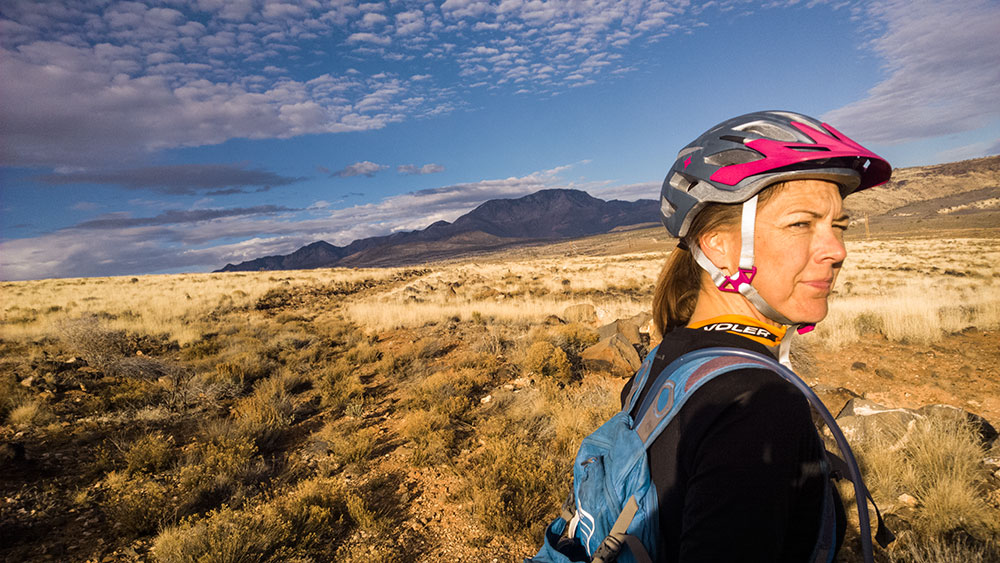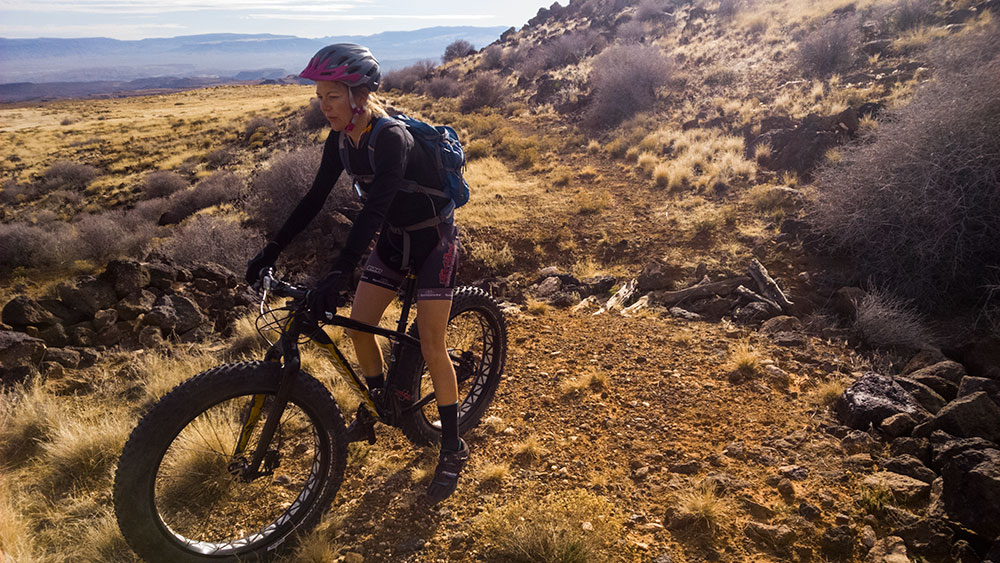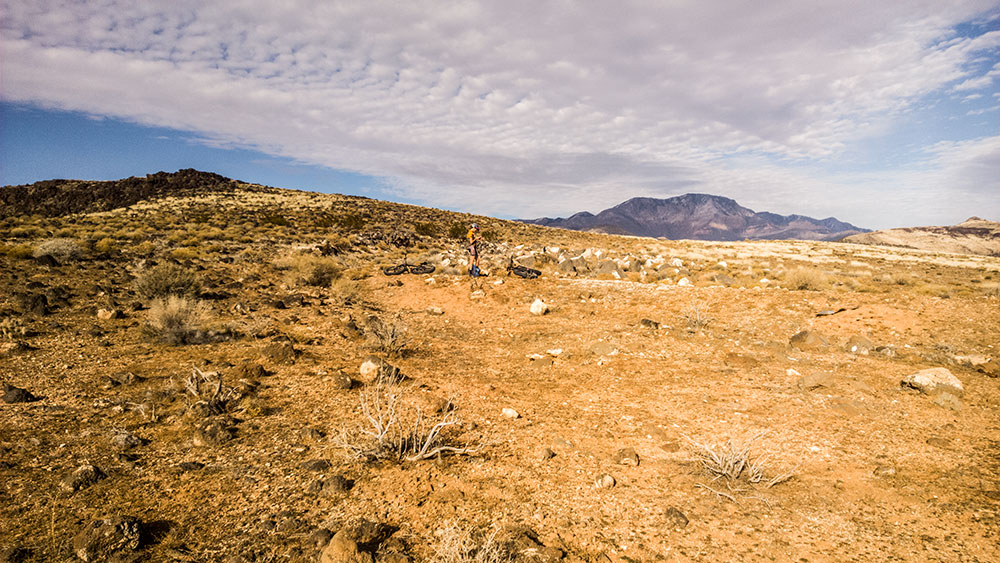 There’s not a lot of info about Lange’s Dugway to be found on the internet. The only two links I could find were on the BLM’s website and the Red Cliffs Desert Reserve’s page. Both of these describe the road, but refer to it as a two track trail. The BLM claims to have no knowledge as to why it was built. The RCDR at least takes a stab at it being an old road to get to the “outlying community of Veyo.”
There’s not a lot of info about Lange’s Dugway to be found on the internet. The only two links I could find were on the BLM’s website and the Red Cliffs Desert Reserve’s page. Both of these describe the road, but refer to it as a two track trail. The BLM claims to have no knowledge as to why it was built. The RCDR at least takes a stab at it being an old road to get to the “outlying community of Veyo.”
I was hoping for a bit more information, maybe when it was built, why is it called Lange’s Dugway… I assume that Lange is a last name which begs the question as to why they built it. One thing is certain, they did a damn fine job laying down that road. Based on the lack of info and the type of construction, I’m going to go out on a sturdy limb and say it was built in the 1800s. It isn’t used any more, but there it is. Easy to follow, easy to climb, easy to descend, built on some of the worst soil and rock you could find to put a trail on (it’s pretty much right across the road from Broken Mesa).
When you spend a descent portion of your life maintaining, analyzing, designing or even just riding trails, you start to notice certain things. Grades, for example, the way a road climbs or drops over the terrain greatly influences how it is traveled, what water will do to it and how quickly it rises up the contours. Drainages, a trails worst enemy, pop out like soar thumbs because they have to be dealt with.
To ride up a road built on a natural surface over a hundred years ago in the desert is kind of astounding. Just think about what the rains did to most of our trails the last two summers and the work that was put in to rehab them back to ridable. And then realize that this road has been shedding torrential rainstorms, fire and wind for over a century and it has zero ruts in it. You read that correctly. We bounced over quite a few rocks but this road had zero ruts, not one.
The tread was a little soft and overgrown, but it was still there and easily followed. We slowly made our way as it climbed. The grade that had been chosen was easy to ride up. I could tell we were climbing because when I stopped pedaling my bike stopped, but it was gentle making wide swooping turns as it slowly switch backed to the top. It seemed as if every angle, grade and drainage had been accounted for and the road was built to last.

There are lots of reasons I ride bikes. The biggest reason I have fallen in love with fatbiking is for the ability to go places that I normally wouldn’t go on a bike. I might hike up a wash to see where it goes or follow an old road for a few hours on foot, but to be able to go the same places on a bike and move at about double the pace means I get to see a hell of a lot more of the area.
I also have an affinity for old roads. The amount of effort that was put into them, building without the aid of machinery, using materials that were available in the area or close at hand. To sit and think how long it must have taken for those poor saps to move and build up a road surface to ensure that the grade was kept more or less constant and useable. To see a drainage completely lined with basalt and still functioning.
More importantly, as I wander around on dirt roads that haven’t been used in who knows how long, I can’t help but think about the history. Who used the road? How long did it take them to get wherever the hell they were going? Did the community come together and build the road or did they pool resources to pay a “road builder?” And if it was just the community coming together, how did they know how to build a road? How did they know that the soil in that particular area is so shitty that if you go over about a 4% grade it will wash away? And whose job was it to make sure that no one cut any corners to be able to get home quicker?
 It’s probably an ill placed sense of nostalgia, but I can’t help but feel these people were smarter than us. They knew that it would take forever to build this fucking road so they ensured that it was done right the first time. They took the time to build ways for the water to go under the road instead of washing it away. They followed the grade needed, adding rock and digging through the basalt field when the tread needed to be lowered. How did they know that? How many roads did they build before they got it right?
It’s probably an ill placed sense of nostalgia, but I can’t help but feel these people were smarter than us. They knew that it would take forever to build this fucking road so they ensured that it was done right the first time. They took the time to build ways for the water to go under the road instead of washing it away. They followed the grade needed, adding rock and digging through the basalt field when the tread needed to be lowered. How did they know that? How many roads did they build before they got it right?
I also assume that at the end of the day they went home to houses that were built out of wood that they had hewn, heated by wood they had chopped and ate food they had grown. They knew there was no reason to do something the easy way because the easy way didn’t last.
P. L. and R.


